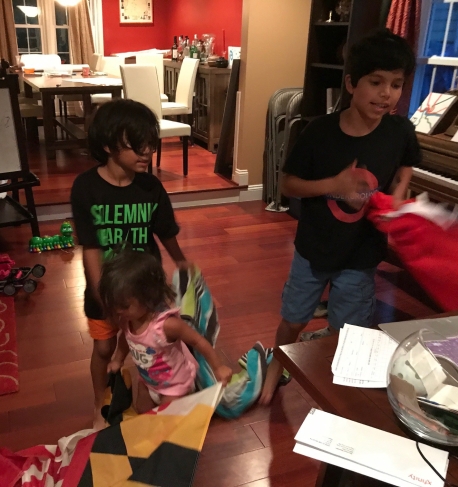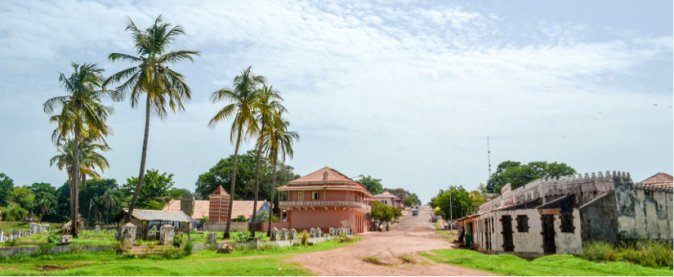
Happy Belated National Day in Guinea-Bissau!! It was not planned, but we happen to study Guinea-Bissau right during a major holiday for the country – Sept 24th, when it celebrated 44 years of independence!
Though, this tiny western African country has had quite a troubled past. It started with resistance under the Portuguese, who used the natives for slaves in the Europe and the New World. And after independence continued with coups and assassinations. Consequently, the country is still extremely poor and there is very little infrastructure. The average person earns just $590 lives to 50 years old!
Despite this unrest and poverty, you cannot overlook the natural beauty of this coastal nation. In fact, the Bijago islands off its coast are all a protected UNESCO Biosphere Reserve and its tidal estuaries are home to rare breed of salt water hippopotamuses (ones of Andrew’s favorite facts!)
To learn more about the people, economy and history of Guinea-Bissau. Click here: Guinea-Bissau_info.
And to test your new knowledge click on this Word Search: GuineaBissau_WS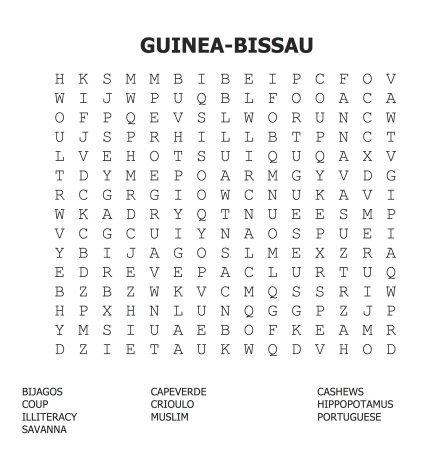 Some other interesting facts that we learned are:
Some other interesting facts that we learned are:
- The countries proportion of land under forest (73 percent) is the second highest in Africa after Gabon
- The name Guinea is thought to come from an Amazigh (Berber) word meaning “land of the blacks.” And they added Bissau to differentiate from the neighboring (and formerly French) Guinea.
- Guinea-Bissau is the sixth largest producer of cashew nuts.
- Only about 40 percent of school aged children (7-14) attend school.
- About 30 percent of the population still practice traditional religions like animal and ancestor worship.
FOOD
As we studied Guinea-Bissau over a holiday, we thought we would prepare a holiday like meal. Being so poor, The people of Guinea-Bissau do not eat meat regularly – mostly millet or rice, and ground nuts and fruit. Everything we cooked and ate was surprisingly delicious and we will definitely be making version of the rice and chicken again! Though, it was hard to find any info on what they ate for breakfast beyond Portuguese pastries and cookies – so we went with that!
Dinner
Cafriela de Frango – Basically a lemon/garlic chicken. And despite the review in the recipe, it tasted extremely flavorful! though it does take a bit of time to cook.
Jollof Rice – This one of the few dishes Guinea- Bissau is known for. And it is amazingly tasty! And Isaac ended up making this dish all all by himself!!
Tuna and Avocado Salad – I wouldn’t think to mix these two – especially with coconut and evaporated milk – but it turned out surprisingly delicious. And Isaac made this all on his own as well!
Breakfast
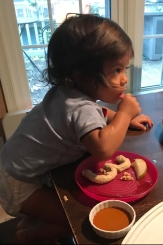
Portuguese Cinnamon Cookies -These are fun to make but not super tasty on their own. The kids decided to add jam and syrup to dip them in and I just dipped them in my coffee.
Guava Juice/Coffee
Melon
CULTURE
Like many African tribal cultures, the coming of age for a man is a very important time celebrated with a big ceremony. And its no different for the people on Guinea-Bissau’s Bissagos Islands. An important part of their ceremony is having the boy/man wear a bull mask and dance around like a bull, symbolizing the aggression that is part of manhood. (And in case you were wondering, the Portuguese brought bulls and cattle to the islands in the 16th century and they became extremely important possessions for the Island tribes.)
So we decided to make our own version of the bull mask (going more for the bull “hat” which we saw in several pictures). But as carving wood and finding actually bull horns was not happening, we used cardboard and natural items like sticks, grass, shells and coral. Here are some examples of traditional Guinea-Bissau Bull Masks.
Guinea-Bissau Bull Mask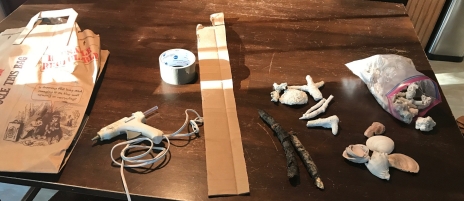
- Cut a strip of cardboard about three inches wide to fit around your head
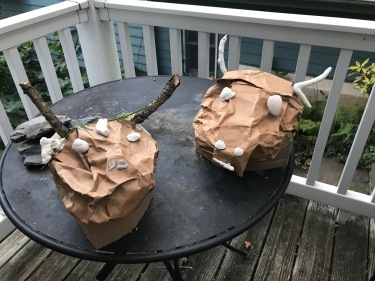
- Take a paper bag and turn it inside out and stuff the edges inside the bag to forma ball and then mold it into a bull face shape (strong, long line a the top and narrow to the nose)
- Tape the “face” on the cardboard band as best you an
- Add the face element and horns gluing the them on with a glue gun. They boys choose shells for eyes and nostrils and coral and sticks for the horns. Isaac decided to top his bull off with a little grass for hair.
- Put on your head and make your toughest bull face and stomp around!
Hope enjoyed traveling with us to Guinea-Bissau. Next week – Honduras!!






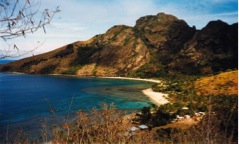 This resort island nation in the Pacific is certainly a surprise. Having about half the
This resort island nation in the Pacific is certainly a surprise. Having about half the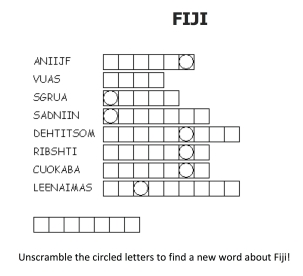






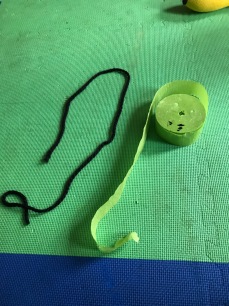
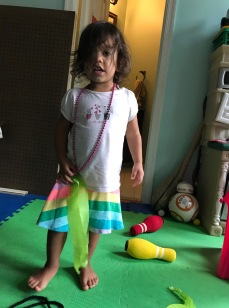
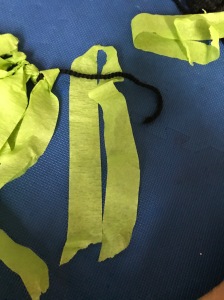
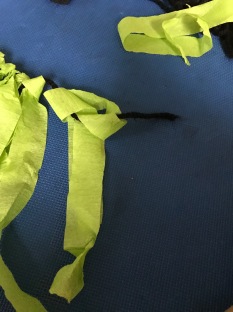
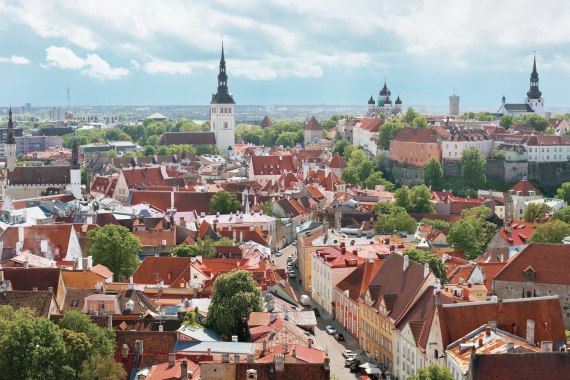
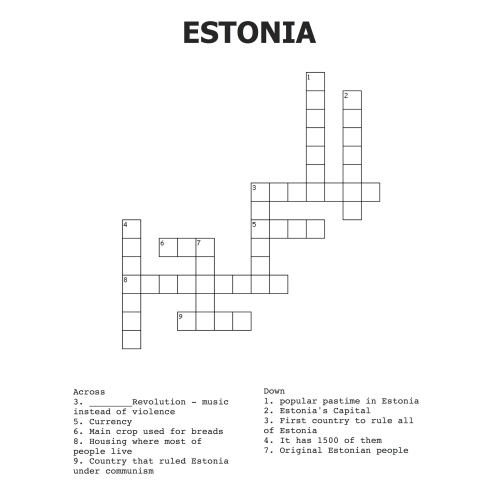 Below are some interesting facts that we learned
Below are some interesting facts that we learned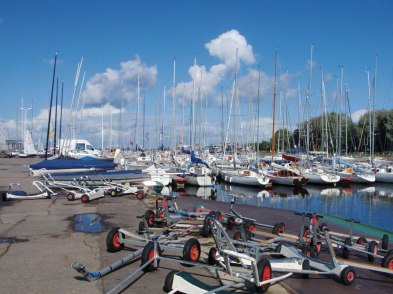


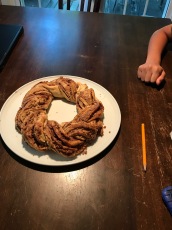 Estonia Kringle
Estonia Kringle

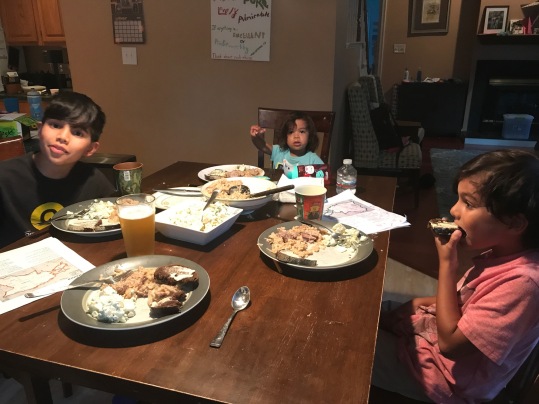

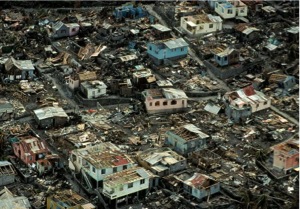
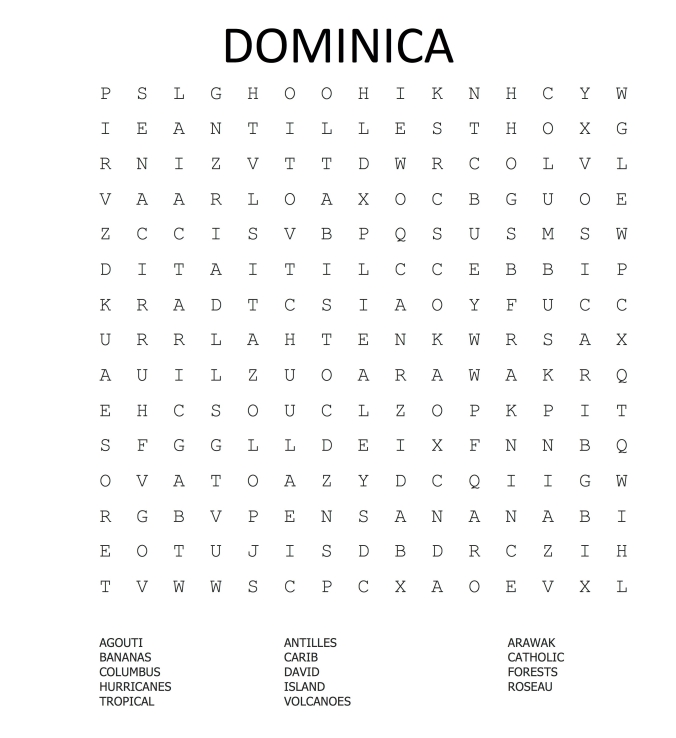
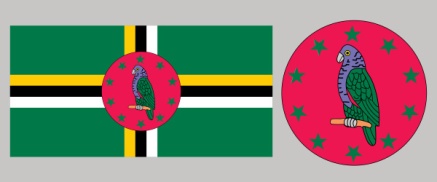
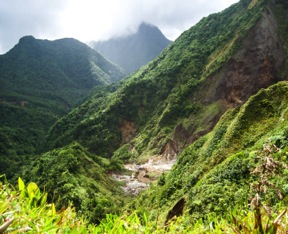
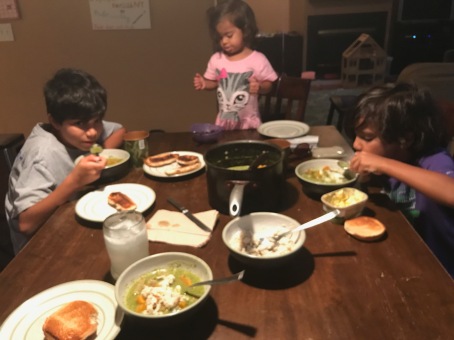


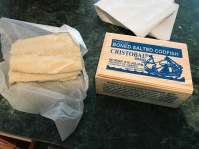 BREAKFAST
BREAKFAST

